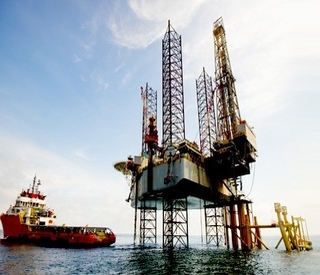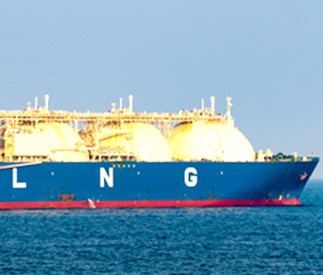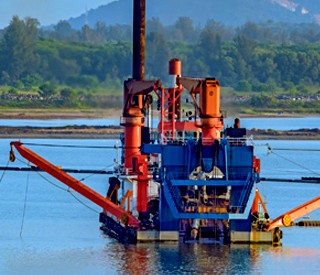The shipping industry is facing immense pressure to reduce its carbon footprint. Hybrid propulsion systems are emerging as a powerful solution in this critical journey.
Notably, Singapore's major maritime hub is taking a leading role in decarbonization efforts. From 2030, the Maritime and Port Authority of Singapore (MPA) requires all new harbor craft to be electric, ready to run on pure biofuels, or compatible with so-called net-zero fuels such as hydrogen. This ambitious target underscores the industry's commitment to achieving net-zero emissions in harbor craft, pleasure craft, and tugboat sectors by 2050. Singapore's regulations are a strong signal of the accelerating change towards a more sustainable maritime industry.
In parallel, other governments are also promoting hybrid designs for reducing emissions in the coastal areas. India boasts of many such developments including the world’s largest electric ferry fleet and hydrogen fuel cell-powered ferries. The government of India is pushing for further adoption and development as a part of its efforts to reduce GHG emissions from the maritime sector.
How Hybrid Propulsion Works:
These systems combine a conventional engine with an energy storage system through batteries or fuel cells. This innovative approach offers significant advantages:
- Reduced Fuel Consumption and Emissions: Batteries provide power during peak loads, allowing the engine to run optimally. This translates to lower fuel consumption and reduced greenhouse gas (GHG) emissions.
- Green Mode (Zero-Emission): When selected, the Engine Management System (EMS) prioritizes the Energy Storage System (ESS) for propulsion, achieving zero exhaust emissions. Operation continues in this mode until the ESS reaches its pre-set minimum charge threshold.
- Improved Engine Health: By absorbing load fluctuations, batteries act as a spinning reserve, reducing stress on the engine. This leads to better overall performance and less frequent maintenance needs.
- Compliance with Stringent Regulations: Hybrid systems empower vessels to meet the most stringent environmental standards, ensuring compliance with evolving regulations.
Battery Options for Marine Applications:
Several battery chemistries are suitable for marine use:
- NMC (Nickel Manganese Cobalt): Offers high energy density but may require careful thermal management.
- LFP (Lithium Iron Phosphate): Provides excellent safety and lifespan but has a lower energy density compared to NMC.
- LTO (Lithium Titan Oxide): Incredibly safe and boasts a very long lifespan but with the lowest energy density among the three.
Choosing the right battery type depends on the specific needs of each vessel, similar to selecting other crucial electrical components like power drives, generators, and motors.
In addition to batteries, fuel cells are another promising technology for hybrid and zero-emission marine applications. Fuel cells combine hydrogen with oxygen to produce electricity, with only water vapor emitted as a byproduct. This clean energy source holds significant potential for reducing the shipping industry's environmental impact. Hybrid systems can use a combination of batteries and fuel cells.
The Power and Energy Trade-off:
Currently, energy storage systems involve a trade-off between power (watts) and energy (watt-hours). Supercapacitors, for example, deliver immense power in short bursts, but lack the sustained energy output needed for most marine applications. Lithium-ion batteries provide the best balance for applications demanding high power and energy, though optimization remains an ongoing pursuit.
A Hybrid Future for Diverse Vessels:
The benefits of hybrid propulsion extend to a wide range of vessels, including Ferries, RoPax ferries, Shuttle tankers, Platform supply vessels (PSVs), Tugs, Mini-bulkers, Bunker vessels, PCTCs (pure car and truck carriers), Fishing boats, and more.
.png)
By embracing hybrid solutions, the shipping industry can navigate towards a cleaner, more sustainable future. Vedam has already worked on multiple projects involving hybrid systems, gaining a lot of expertise and experience in making critical design choices, including the design of a cutting-edge 60T BP Battery Powered Hybrid ASD Tug. This 31-meter-long tug represents a significant leap forward in sustainable maritime technology, offering unparalleled efficiency and performance.
Decarbonizing your fleet starts with the right partner. Vedam Design offers comprehensive hybrid solution services, from the project inception, the concept design to the final production design.
We are your end-to-end partners in decarbonization, providing services that include utilising digital tools, conducting feasibility studies for opting and installing Energy Saving Devices (ESDs), improving operational efficiency with various tools, and exploring alternative fuels. Our comprehensive solutions can help your vessels meet emission reduction challenges in the tightening and evolving regulatory environment.
Let's chart a course towards a cleaner future together. Contact Vedam Design today to discuss your decarbonization goals.

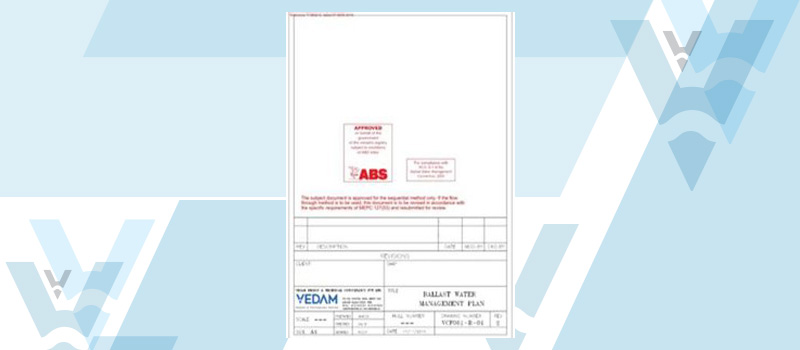
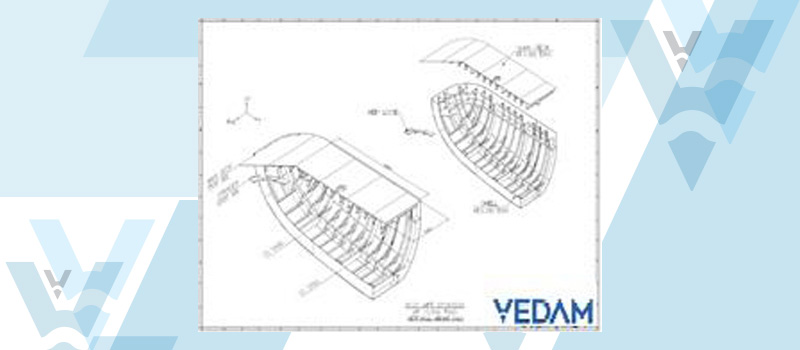

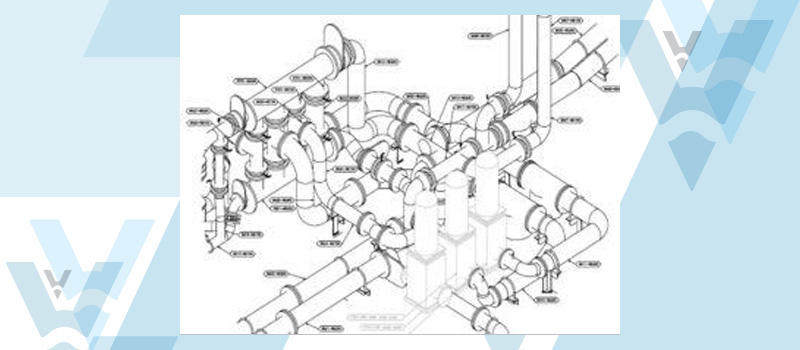
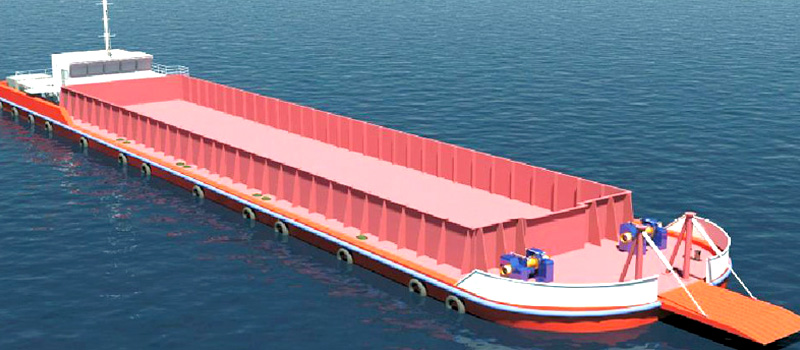
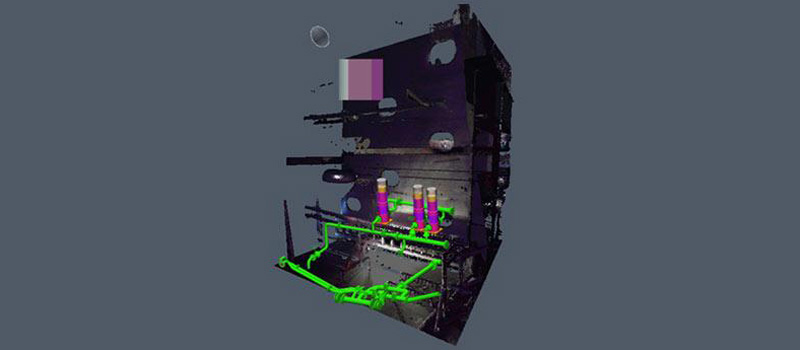
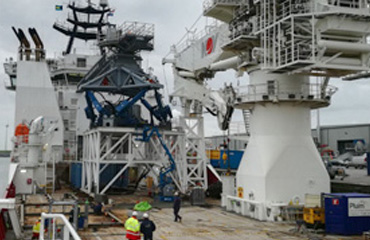
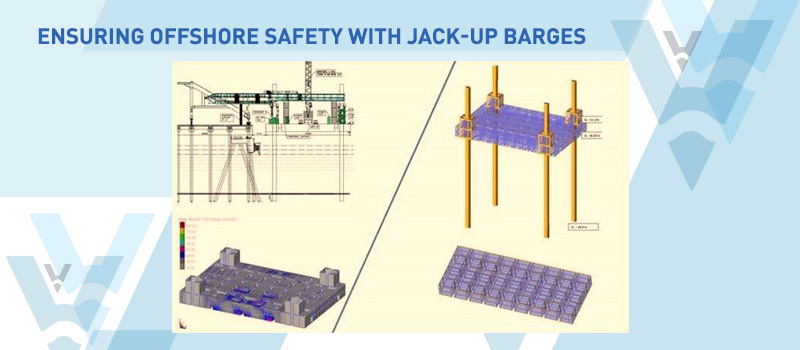
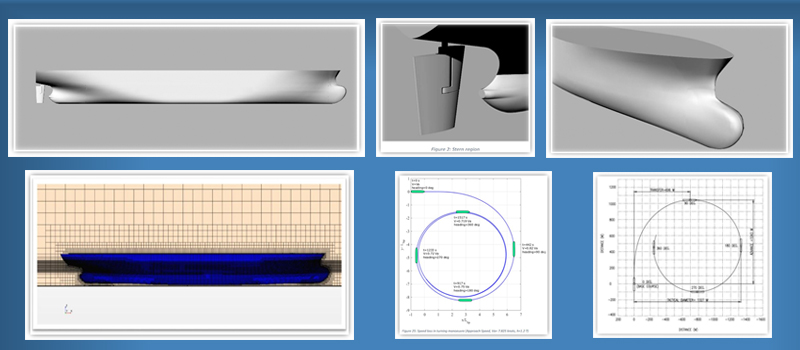
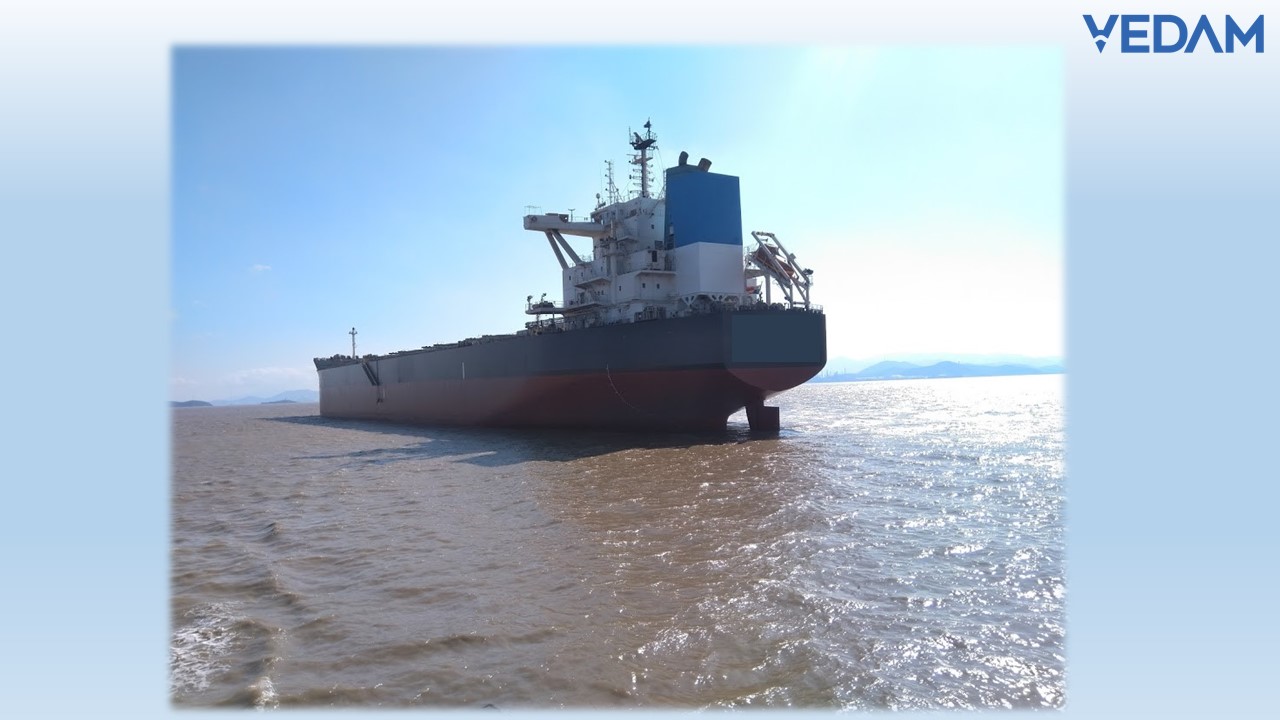
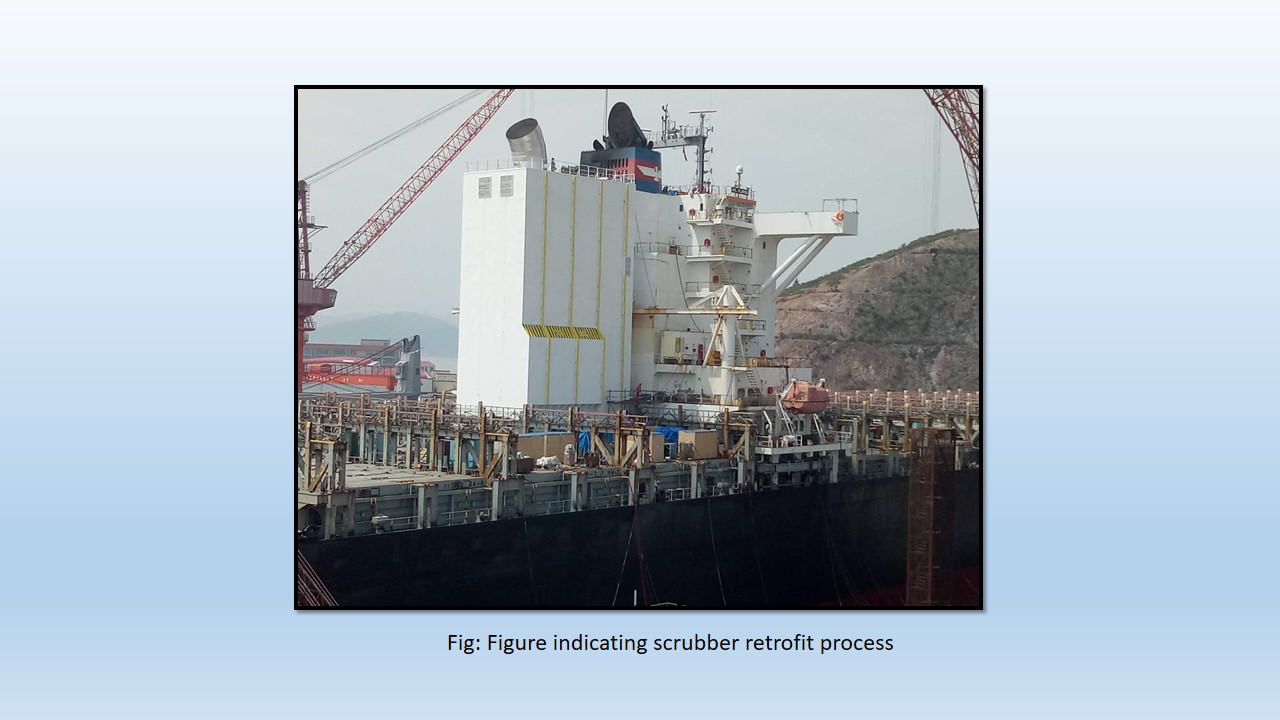
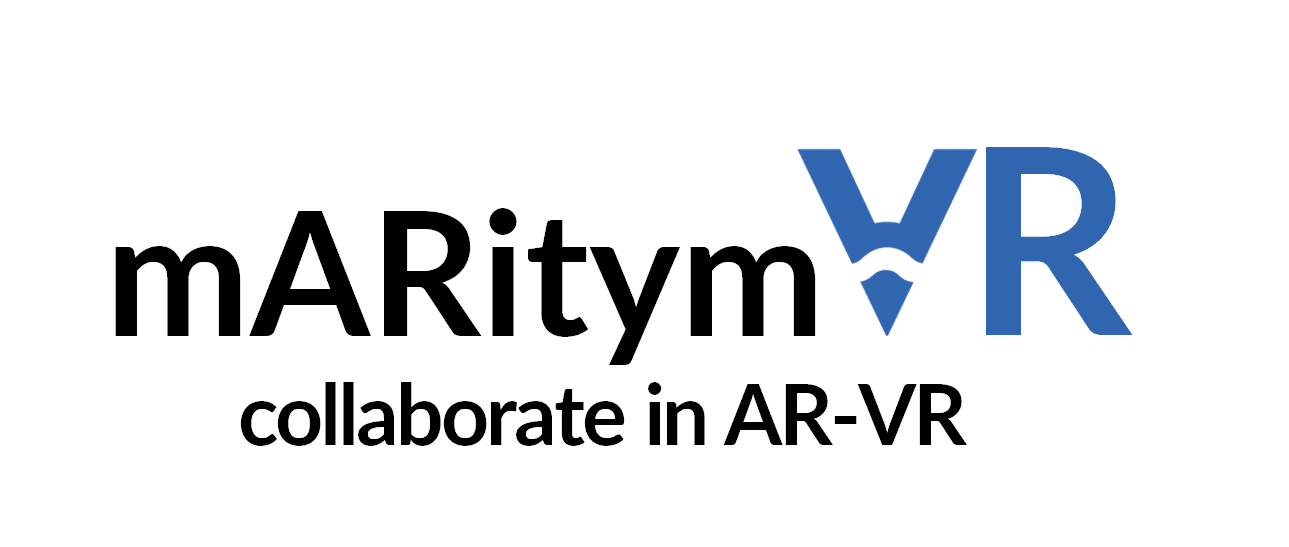
.png)
.png)
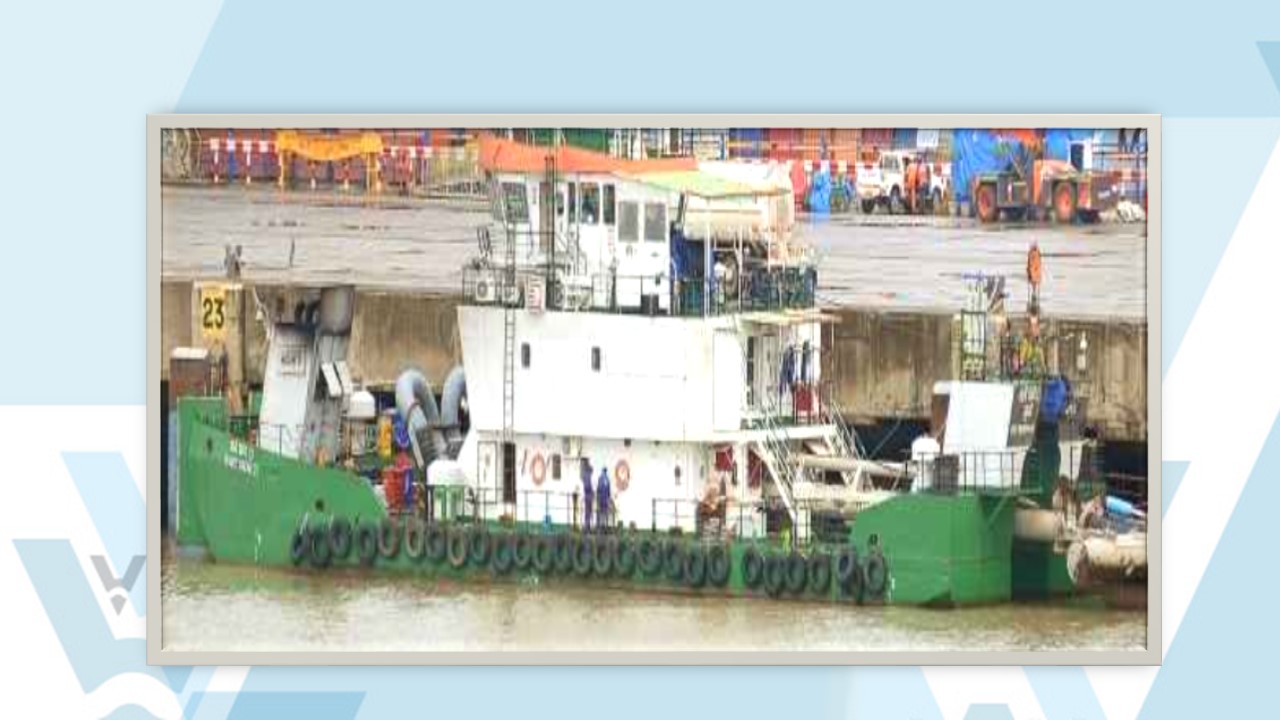
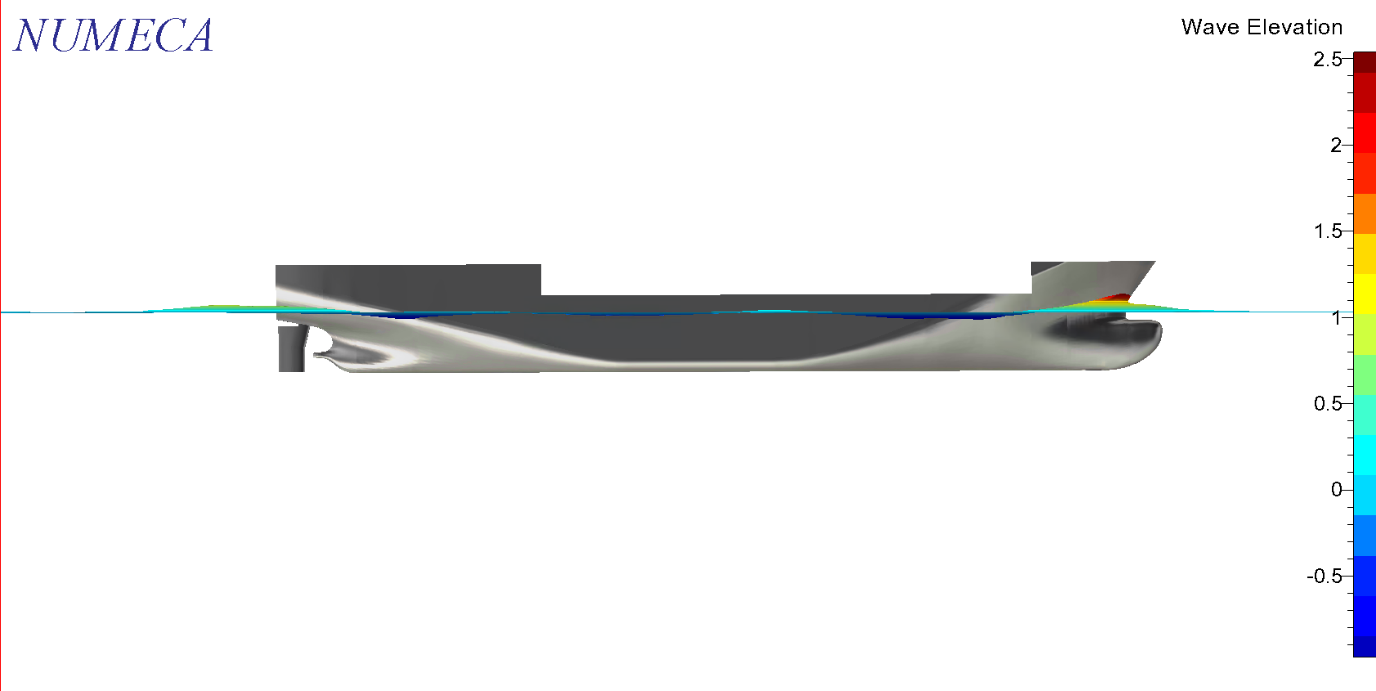


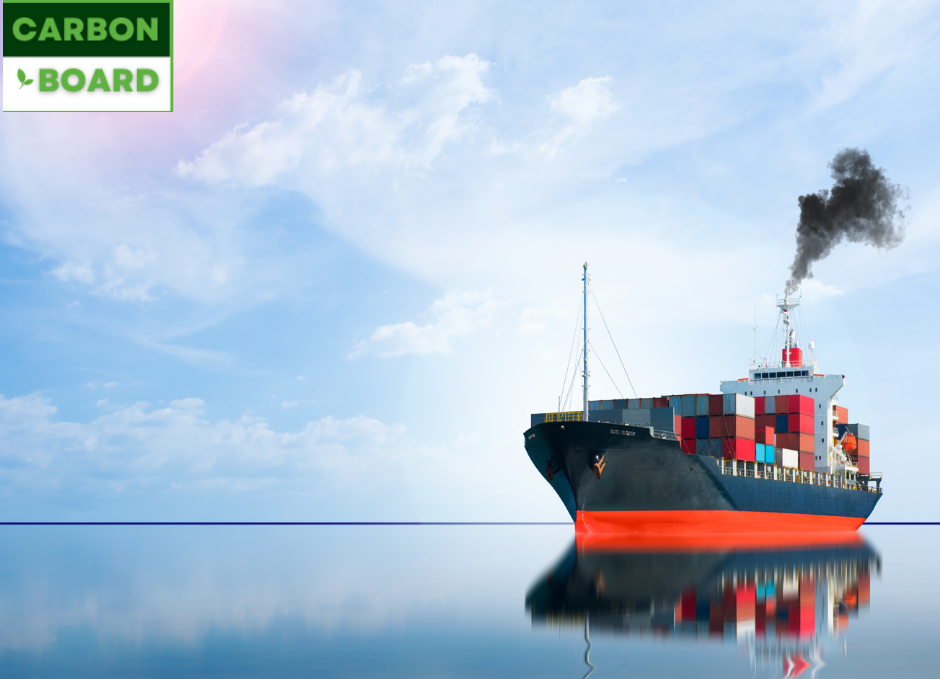


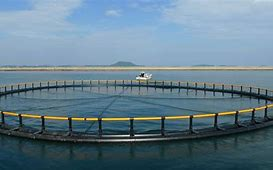
.png)
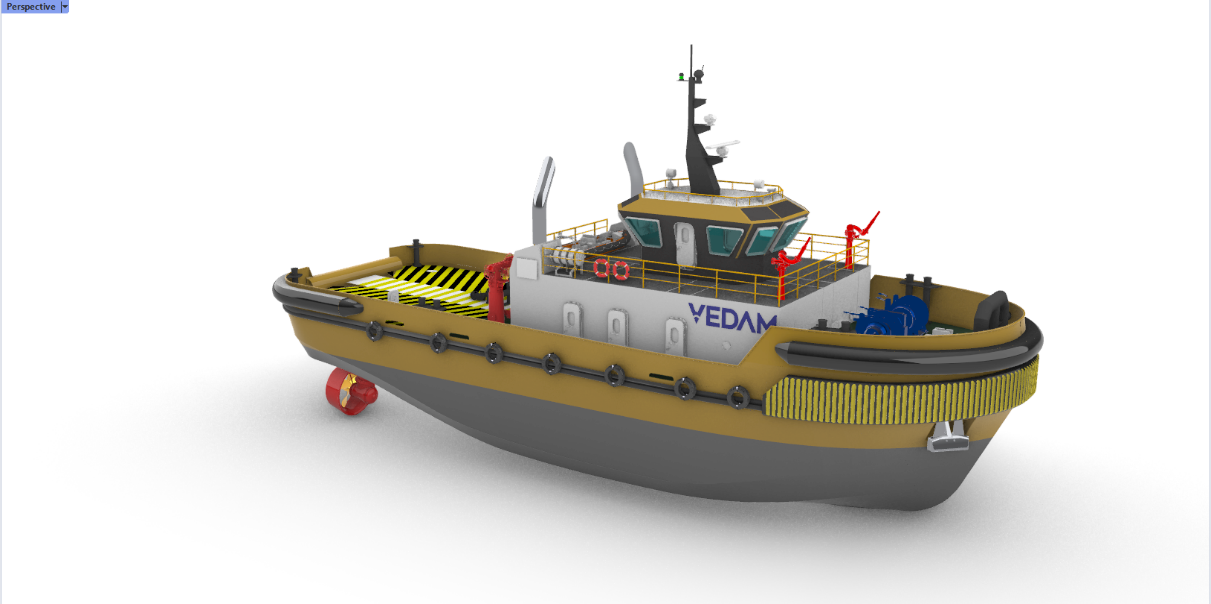
.png)
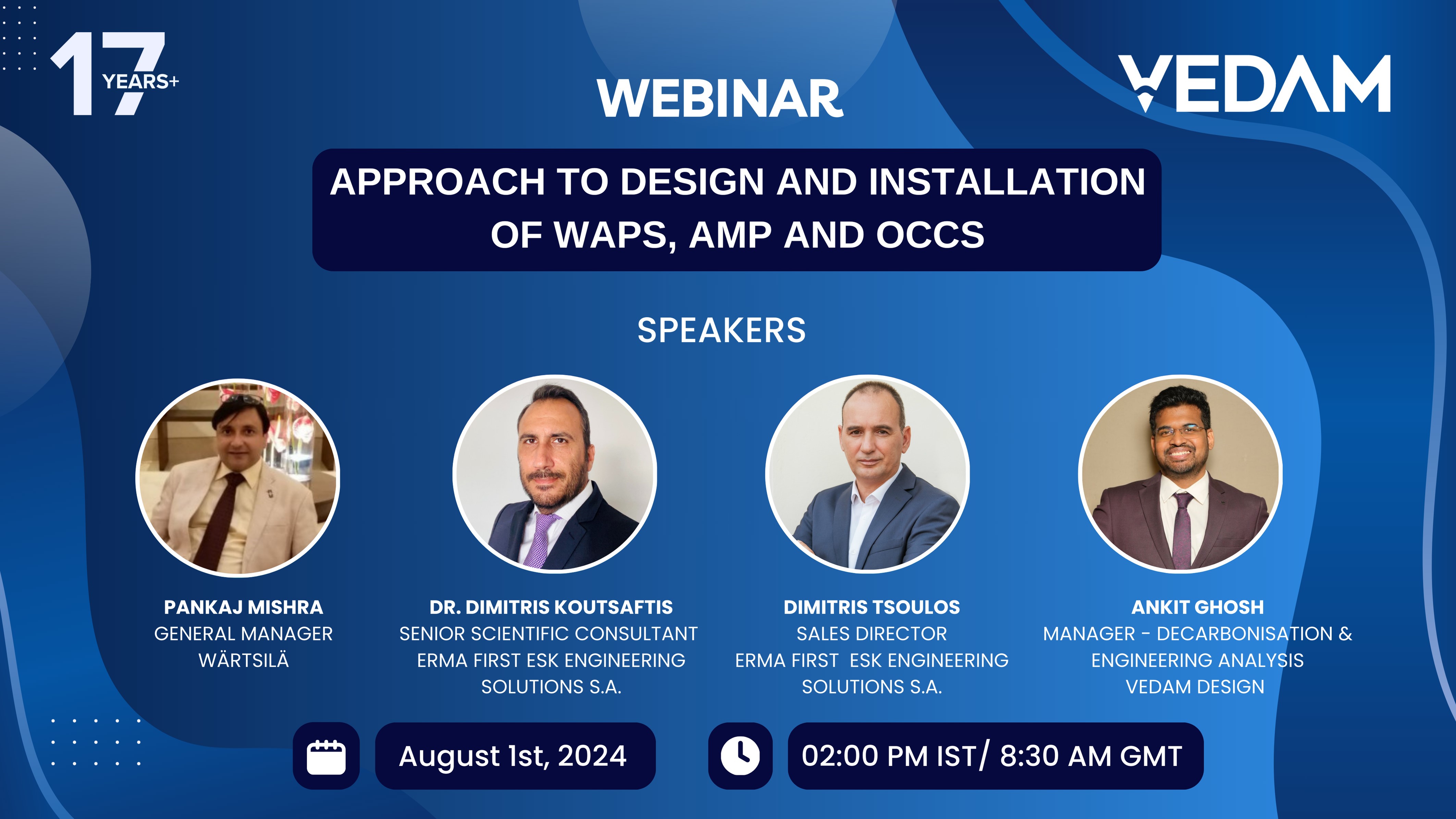
.jpg)

.jpg)
